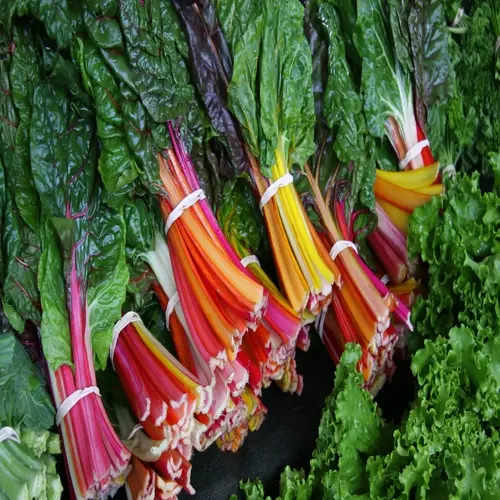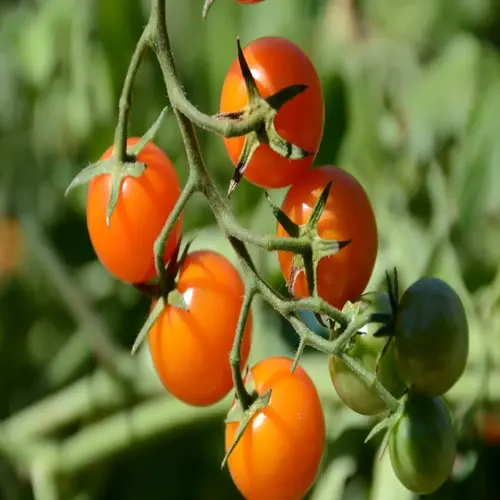Does gypsum work for all clay soils?

Written by
Paul Reynolds
Reviewed by
Prof. Martin Thorne, Ph.D.Gypsum can be effective with certain types of clay soils and totally ineffective with others, leading to confusion among gardeners about its use. The key factors in understanding whether gypsum can help or harm your soil relate to sodium levels. I misused gypsum years ago, which led to mineral imbalances. Your success will depend on soil testing before use.
Soil Testing
- Test for sodium levels above 230 ppm
- Measure electrical conductivity exceeding 4 dS/m
- Check soil pH below 8.5
- Identify visible white crust indicating sodicity
Effective Use Cases
- Coastal soils with saltwater intrusion
- Irrigation systems using saline water
- Regions with high sodium rainfall
- Soils showing dispersion when wet
For non-sodic clay, organic amendments outperform gypsum across the board. Compost enhances soil structure and carries no mineral risks. For example, my own garden responded more favorably to composted manure than it did to previous gypsum treatment. Organic sources will nourish your plants more even than minerals.
When you need to apply gypsum, use 40-50 lbs per 1,000 sq ft. Ensure that you incorporate it into the top 6 inches of soil during moderate moisture conditions. I now sample every three years to track sodium fluctuations. Applications remain functional without build-up.
After applying gypsum, keep an eye on the soil for balance of calcium and magnesium. Crusting or discharge would signal problems with drainage. I resolved the imbalances by applying compost and cover crops. Through observation and adjustments to your management, you can enhance the health of your soil.
When appropriate, combine gypsum with long-term organic strategies. It is also recommended to implement a cover crop of some sort to maintain the structure after application. I found that the sodic areas in my soil improved permanently with this practice. Your problematic clay, after all, can be transformed through scientifically based solutions.
Read the full article: How to Improve Clay Soil: Essential Steps

